What does “repair” mean to a welder? There are many factors to consider and issues to ascertain before planning any repair project.
However, cracking is a common issue in welding medium-carbon, low alloy steel, or welding medium to low carbon steel.
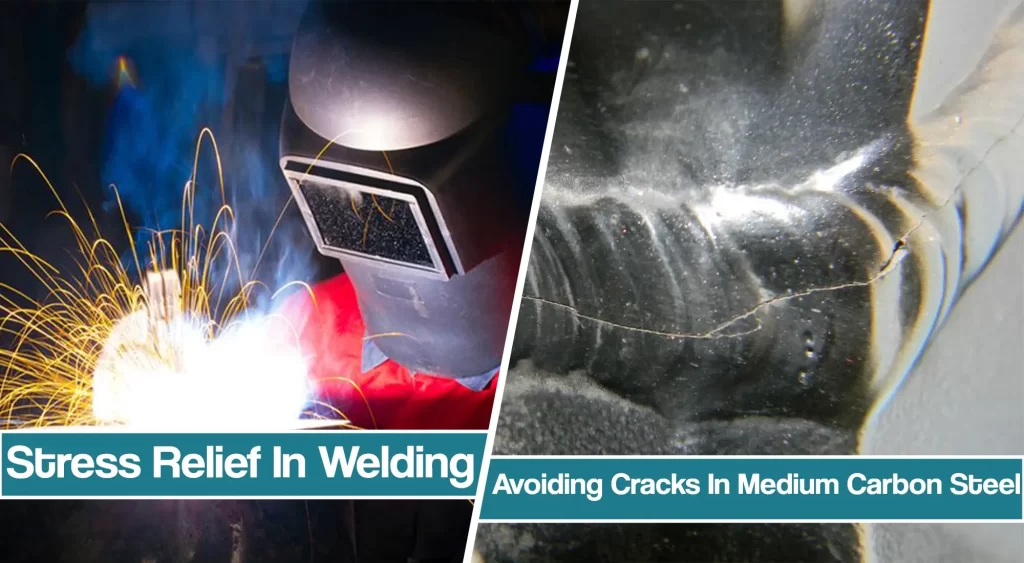
That’s why many welders ask how to do it, and what filler metal or electrode to select. To understand how to do it properly, you will have to understand the importance of stress relief in welding medium carbon steel.
Stress Relief in Welding – Addressing Common Issues
Filler material choice in welding and repairing medium carbon AISI 4130 or 4340 steel pieces is a frequent question that cannot be answered without fully considering the application. For example, a repair can mean that the part or shaft is worn down and needs to be built back up, or the post is broken in half and needs to be put back together. These are important issues when considering weld repair and selecting welding consumables.
Understanding the Weldability of Medium Carbon Steel
Let’s start with a basic understanding of this family of high-strength steels and then go into welding repair. The medium-carbon, low-alloy, high-strength steels include (but are not limited to) AISI 4130, 4140, and 4340 steels. These materials have an excellent strength-to-weight ratio, good ductility and toughness, and high hardenability.
Components made of these steels won’t wear as much as low-carbon materials (1018 steel), and won’t break as readily as high-carbon materials (1055 steel.)
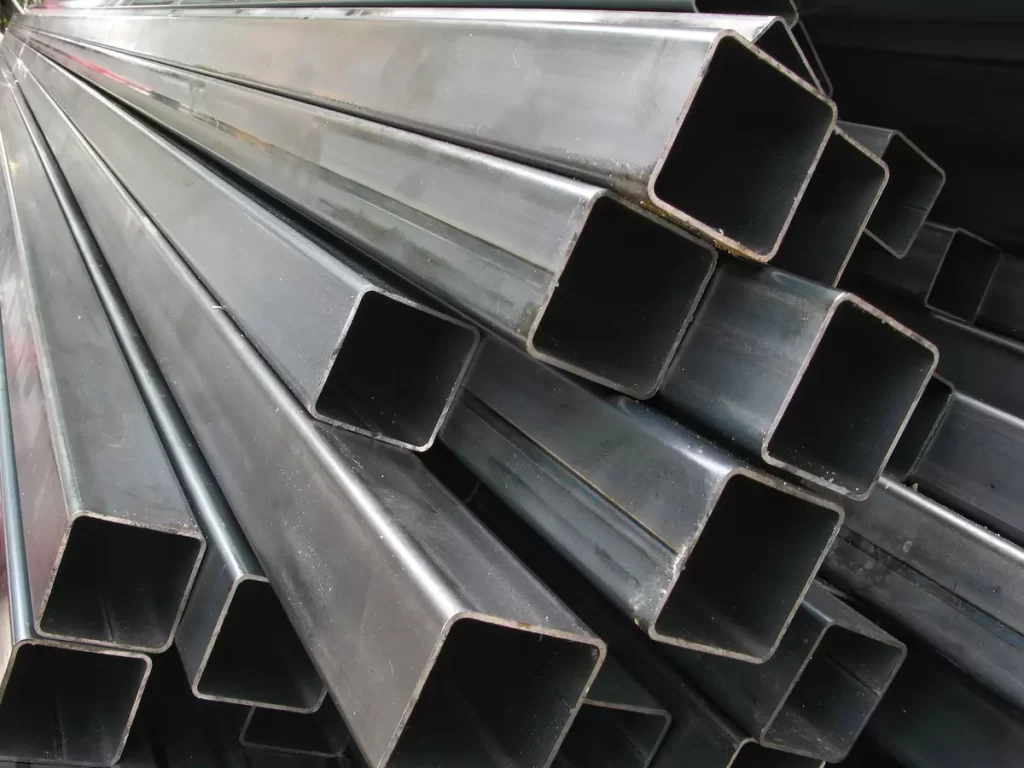
Also, AISI low-alloy steels do not readily lose strength at elevated temperatures, making them excellent steels for parts like shafts, pinion gears, etc.
These materials attain their good mechanical properties through quenching and tempering. In quenching and tempering, the steel manufacturer heats the steel above a critical point (typically greater than 850°C or 1,560°F), then cools the material very quickly (quenching) to create martensite (a very hard, brittle but strong microstructure), and then re-heats the material to soften (reduce hardness and strength) and add ductility and toughness (tempering.)
The key points to understand about the quench and temper process are:
- Critical cooling rate must be exceeded to produce 100% martensite.
- As-quenched hardness is determined by carbon content (more carbon, higher hardness; Rockwell C scale.)
Welding Cracks in Medium-Carbon and Low Carbon Steels
Now, let’s address what happens when you weld on these materials.
First, the weld bead gets heated above the critical temperature (greater than 850°C/1560°F), and then gets cooled very quickly to the base metal temperature (commonly at room temperature.)
As we learned above, what’s called quenching and tempering produces a hard, brittle microstructure called martensite that readily cracks.
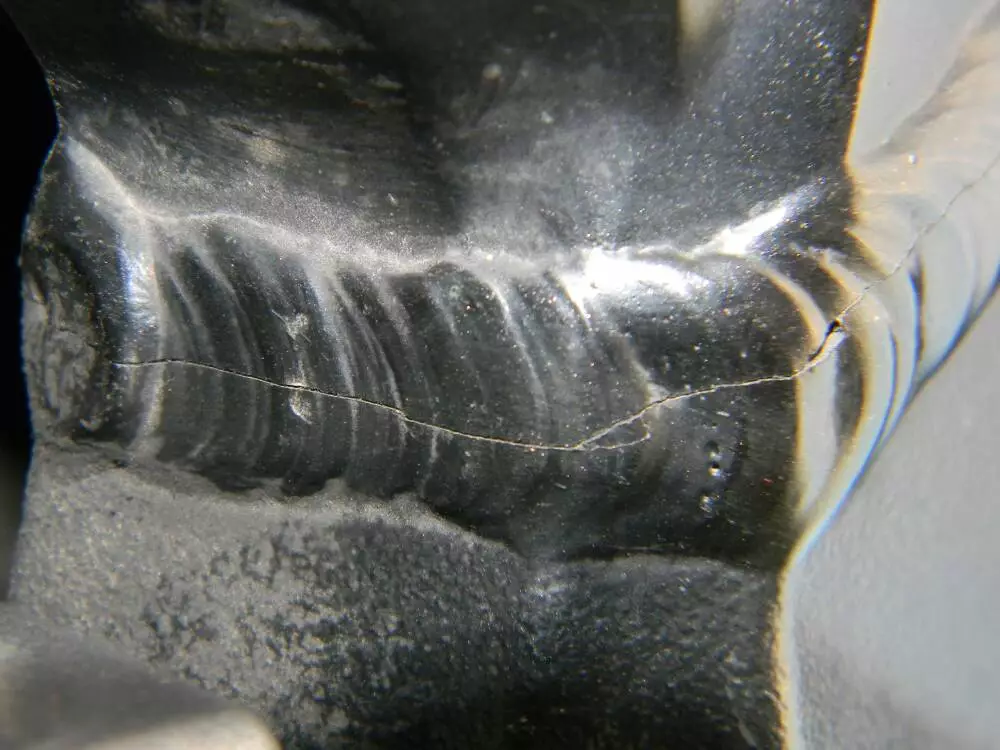
For this reason, welding on AISI 4130, 4140, and 4340 without preheating is not recommended, no matter what filler metal is used. Preheat slows down the cooling rate and helps prevent quenching in the HAZ, and thus helps avoid martensite in the base metal.
The key points to remember about preheating are:
- Preheat slows down the cooling rate and prevents quenching that creates martensite in the HAZ.
- The amount of preheat is determined by the amount of carbon and other alloys in the material (more carbon and alloy require more preheat)
The heat from welding makes the base material expand during heating and contract when cooling. This creates residual tensile stresses around the weld that can cause cracking or shorten the part’s life. Typically, AISI 4130, 4140, and 4340 require a stress relief after welding to eliminate these residual stresses. The weldment is heated to a typical temperature of 650°C (1,200°F) and held for 1 hour per inch of thickness.
The key points to understand about stress relief are:
- After welding AISI alloy steels, stress relief is recommended, especially for steels with carbon contents higher than 40% (e.g. 4140 or 4340.)
- Immediately after welding, the stress relief cycle promotes hydrogen diffusion out of weld metal and HAZ to help prevent hydrogen cracking.
- With the proper preheat, 4130 can be cooled in still air after most arc welding/stress relief processes (use an insulated welding blanket or bury in sand/vermiculite as a precaution.)
- For 4140 and 4340, cooling in a controlled furnace (or using an insulated welding blanket or burying in sand/vermiculite) is required to slow the cooling rate down below 65°C (150°F) per hour. Use temperature crayons to check regularly.
- In all cases, cooling in still air is acceptable once the weldment is below 93°C (200°F.)
Selecting Filler Metal For Medium-carbon Steel
The selection of filler metals requires a decision about what function the weld repair has to perform. For example, does the weld/weldment need to be hard as the parent material to resist abrasion/wear? Does the weld/weldment have to be ductile not to break/crack easily? Does it have to be as strong as the base material?
Regardless of the answers to these questions, the welding process and/or filler metal must not introduce hydrogen into the weld metal and HAZ. Low-hydrogen welding processes include: adequately stored, low-hydrogen SMAW electrodes classified less than H4; gas-shielded MIG welding and TIG welding processes organized less than H4, and Stick welding processes with wire/flux combinations classified less than H4.
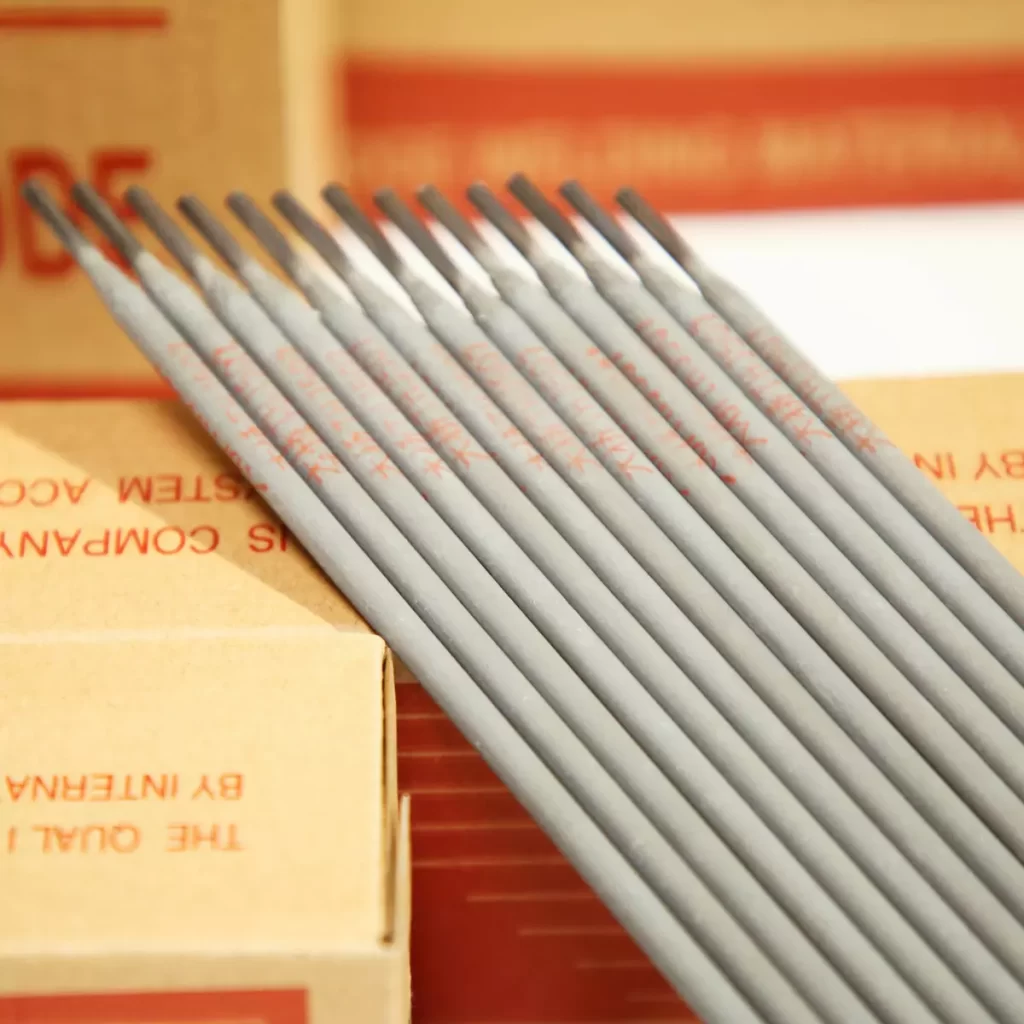
Below, we will address each process, commonly recommended filler metals that match the base metal, and commonly recommended filler metals that do not match the base metal.
Matching the Composition
When you must closely match the composition of the base metal, our articles have covered electrodes for Stick welding and wires for MIG welding and TIG welding. Typically, carbon content is lower for matching filler metals to prevent the creation of complex, brittle martensite in the weld metal.
Non-Matching Filler Materials
There are cases where you do not have to match the strength of the base material. Typically, low-strength filler metals are selected to ensure a more ductile weld.
However, keep in mind that depending on the amount of dilution (high dilution means that alloy in the base metal is melted into the weld metal), the resulting weld metal will be stronger due to the pickup of carbon and alloys from the base metal. Here are some examples of cases where non-matching base metals can be selected.
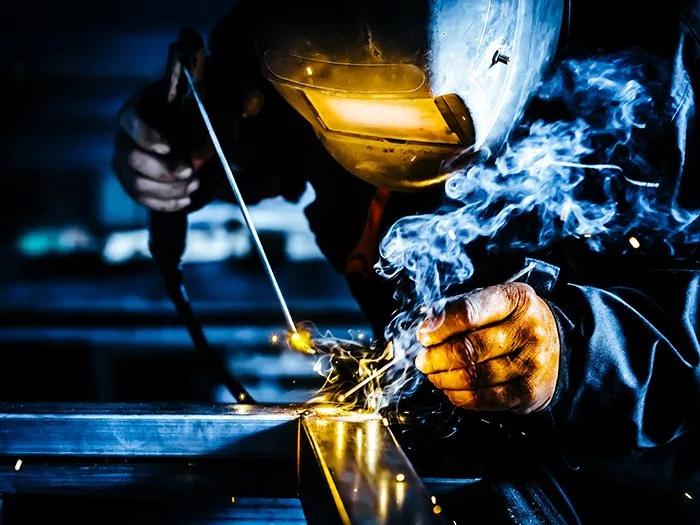
- Welding AISI low-alloy to low-carbon steel: When welding AISI 4130 to AISI 1018 carbon steel, you only need to match the strength of the 1018 steel: E7018-A1 or ER70S-6 filler may suffice.
- Fillet welding: Often, a lower-strength filler metal can be used when you have the latitude to produce a larger fillet weld. For example, welding 4340 to 4340 may require a one-quarter-inch fillet weld using filler metal with matching strength. But, you may be able to use a lower-strength filler and make a larger (5/16 or 3/8 in.) fillet weld to achieve the strength needed for the weldment.
- Building up shafts: Shafts that wear typically require buildup and re-machining. In this case, the original shaft can be machined down to allow build-up using a low-strength filler metal, followed by a hard-facing layer. Adding a lower strength build-up layer helps prevent cracking in the shaft as well as under the hard-facing layer.
The key points to understand about filler metal selection are:
- Carefully consider the need for the weld metal to match the base material composition. Using a lower-strength filler metal may result in a weldment that is less susceptible to cracking.
- Whether or not the weld metal matches the base metal, for AISI alloy steels preheat and interpass temperature management applies as well as post-weld cooling rate management.





